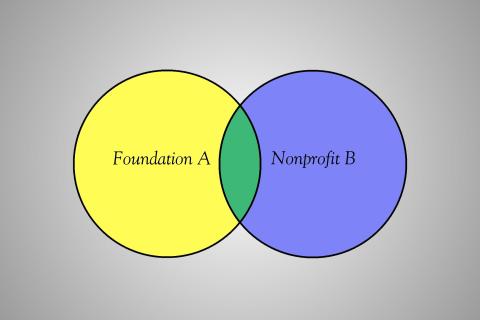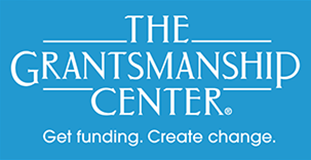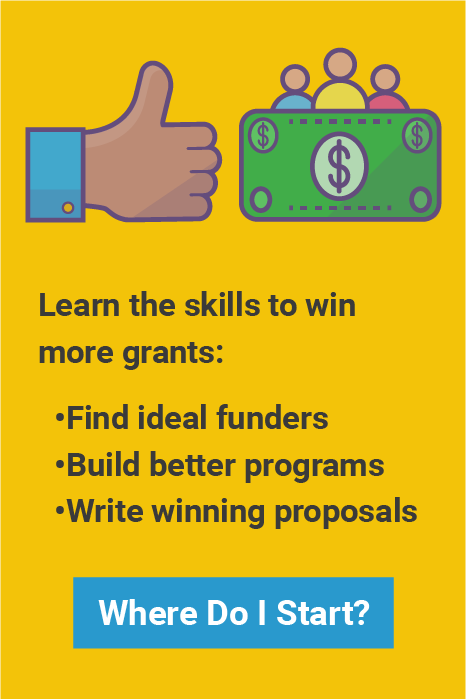
Hardly anybody remembers John Venn, a British mathematician from the late 1800s. But everybody has heard of Venn diagrams, maybe used them in charts to explain how one group of characteristics “overlaps” another, and to name and define the stuff in the place where the groups overlap. Circle A represents tall people, circle B represents athletes. When we overlap the circles we’ve got tall people who aren’t athletes, and athletes who aren’t tall—but in the overlap, we’ve got tall athletes. Basketball coaches, take note.
Proposal writers take note, too. Think about a “Venn diagram” that exists between your organization and the prospective funder. It’s useful to take a close look at what a funder (a) says it want to accomplish, but more significantly, (b) what it’s actually doing with its money. At the same time, it’s helpful to (a) read your organization’s vision and mission statements, then (b) examine what your programs and activities really are.
Let’s create a proposal writer’s Venn diagram for an anonymous social services agency in a big city. The agency specializes in programs that benefit developmentally disabled adults. One of its key programs is “day habilitation,” which means that staff members spend time with clients doing things like teaching daily living skills, helping them be more comfortable in groups, enjoying appropriate recreation. That’s Circle A.
Now, we look for funders that not only declare their commitment to adults with disabilities, but actually spend money on it. Well, good news, there are more than 200 foundations that say they’re interested.
You have foundations on your list that say they “generally” care about disability, but you might chase after a grant from a funder that is more interested in strengthening public policy than in direct client services. A healthy Circle B is a good start, but now we poke through that list to find those that have made grants to organizations doing direct client care. Now even better news, there are more than 40 in Circle B.
Our Venn diagram now has the names of 40 foundations that care about what we care about and give grants to groups that do what we do. This is no guarantee of funding—there are a whole lot of other factors that go into a successful request (e.g. location, timing, size of the request, etc.). But this way of thinking about prospects helps nonprofits narrow the search and concentrate their efforts on the most likely, not just the remotely possible.
Thomas Boyd is Chief Editorial Consultant for The Grantsmanship Center
and an independent consultant to nonprofit organizations.



